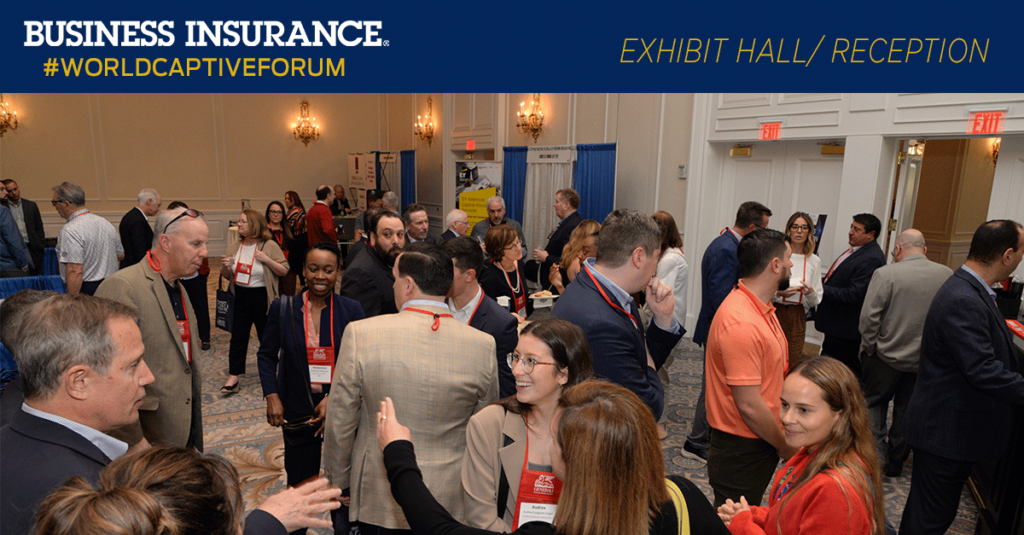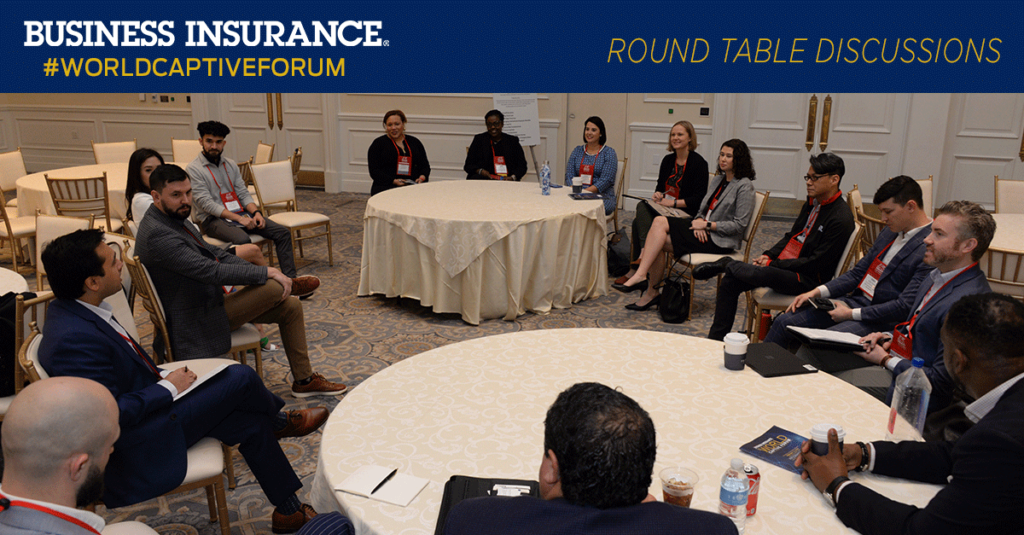Last week we wrapped up Business Insurance’s 2023 World Captive Forum (WCF) in Miami, FL. This year’s conference brought together hundreds of stakeholders in the captive space to network and discuss leading trends in the industry. As a member of the advisory board, I’m glad the event was such a success; below are some of the topics I found most prevalent during this year’s conference.

1) Captive Updates
When it comes to captive regulations, we have seen many changes in just the last year. With the growth and development of different domiciles all around the world comes new regulations to which captive owners and employers must adhere. Below I have included a couple interesting sessions that explain how regulations surrounding captives have changed across the globe.
– Government insurance representatives from North Carolina, Vermont, Oklahoma, Bermuda and Michigan discussed trends, best practices and laws impacting the captive industry (and their respected domiciles).
– As Latin America has been growing their position in the captive space, a session featuring the Official Advisor for Latin American Affairs from the Government of Bermuda spoke about current LATAM trends and what we can expect to see from the region moving forward.
2) Cyber Captives
Although writing cyber liability coverage into a captive is not a new practice, it is still nowhere near as common as placing medical stop-loss or property & casualty lines into a captive. This year cyber coverage was a hot-button topic at the conference and will most likely continue to be, as cyber attacks continue to pose substantial risks.
– In a breakout session titled “Cyber Captives” a group of risk experts discussed current trends in cyber insurance and the limitations for captive coverage in cyber.
– In a session titled “Secrets Cyber Criminals Don’t Want the Insurance Industry to Know”, the CEO of BlackShield Cyber, Dioly Alexandre, explained how cybercrime has changed over time and what insurance companies need to do to keep up.
3) Healthcare & Captives
Whether an employer in the retail space is looking to use a captive to fund health benefits, or whether a hospital organization is leveraging a captive for its medical malpractice and other unique liabilities, captives and healthcare have always been closely intertwined. At WCF this year some highlights of this dynamic included:
– Spring’s Managing Partner, Karin Landry, presented on trends in medical stop-loss (MSL) and how this tactic can help employers proactively manage healthcare costs and lessen the impact of catastrophic claims. The discussion included a deep dive into what is driving upticks in healthcare costs; walk-throughs of case studies illustrating MSL advantages, including an overview of Canon USA’s captive story; and a detailed explanation of Medical Expense Cost Containment (MECC) and how it comes into play.
– The first session of the final day reviewed implications of medical malpractice coverage following the Supreme Court’s decision on abortion services and best practices for healthcare providers.
– In the session “Global Medical Claims Developments – Covid-19, Hyperinflation, Musculoskeletal and Mental Health,” the panelists discussed how captive managers should address specific medical conditions and unusual medical claim patterns.
4) The Future of Captives
Although nobody knows for certain the future of the captive industry, we are seeing various patterns that suggest we will see many changes to come. Aside from new domiciles and new types of coverages, we are also seeing different approaches when it comes to current captive practices.
– In a session on “Hybrid Captives,” I presented on innovations in the property & casualty market that allow captives to more meaningfully control property exposures and premiums.
– As a newer member to the World Captive Forum Advisory Board, I was joined by University of California’s Karen Hsi in a roundtable for younger professionals entering the industry, including a discussion of what the next generation of talent is looking for and how they can get themselves on a promising career trajectory.
– As diversity, equity, and inclusion (DE&I) is a current top priority for many companies, this session discussed how by reinvesting underwriting profits, captive programs can be used to finance DE&I strategies to meet the needs of a diverse workforce.

Getting a break from Boston winter was a plus, but the ability to reconnect with industry leaders and collaborate on strategies was the real draw. We are excited to see what the World Captive Forum holds in store for us next year and we will continue to keep you up-to-date with developments in the captive space.


